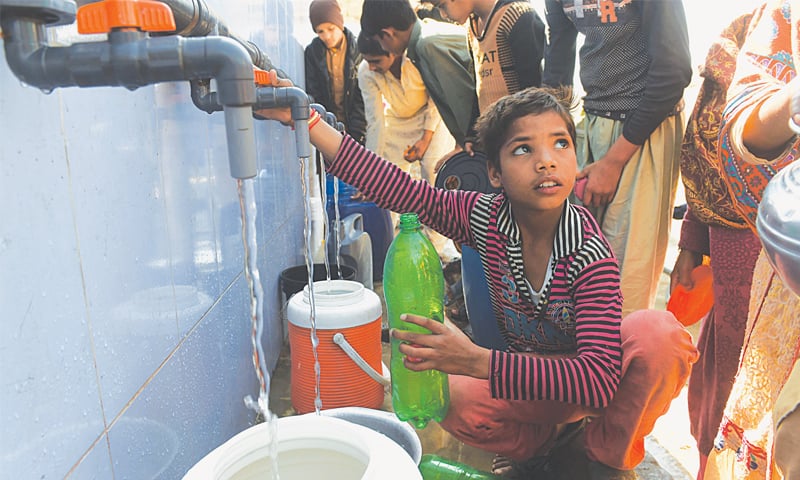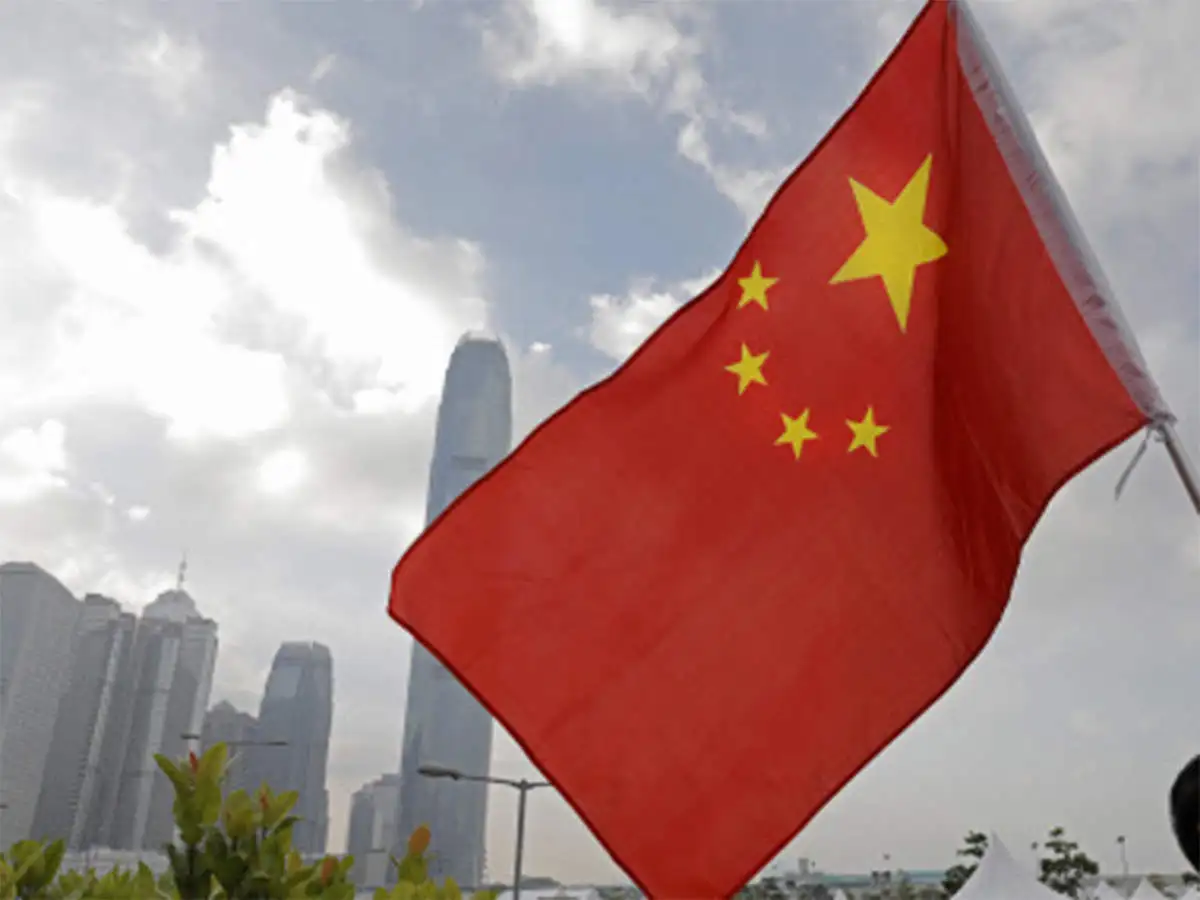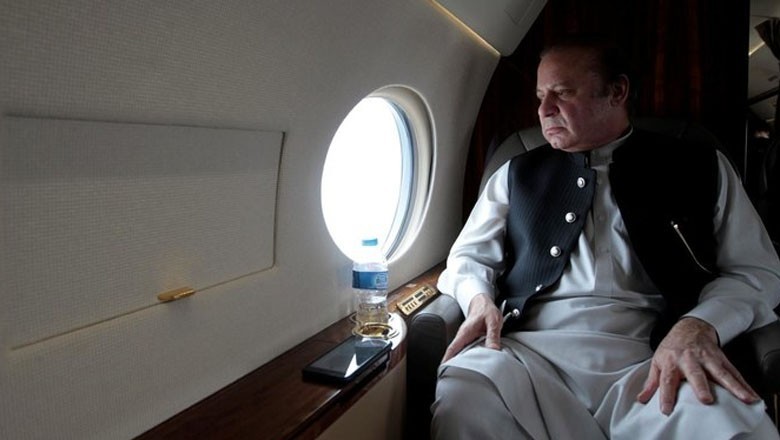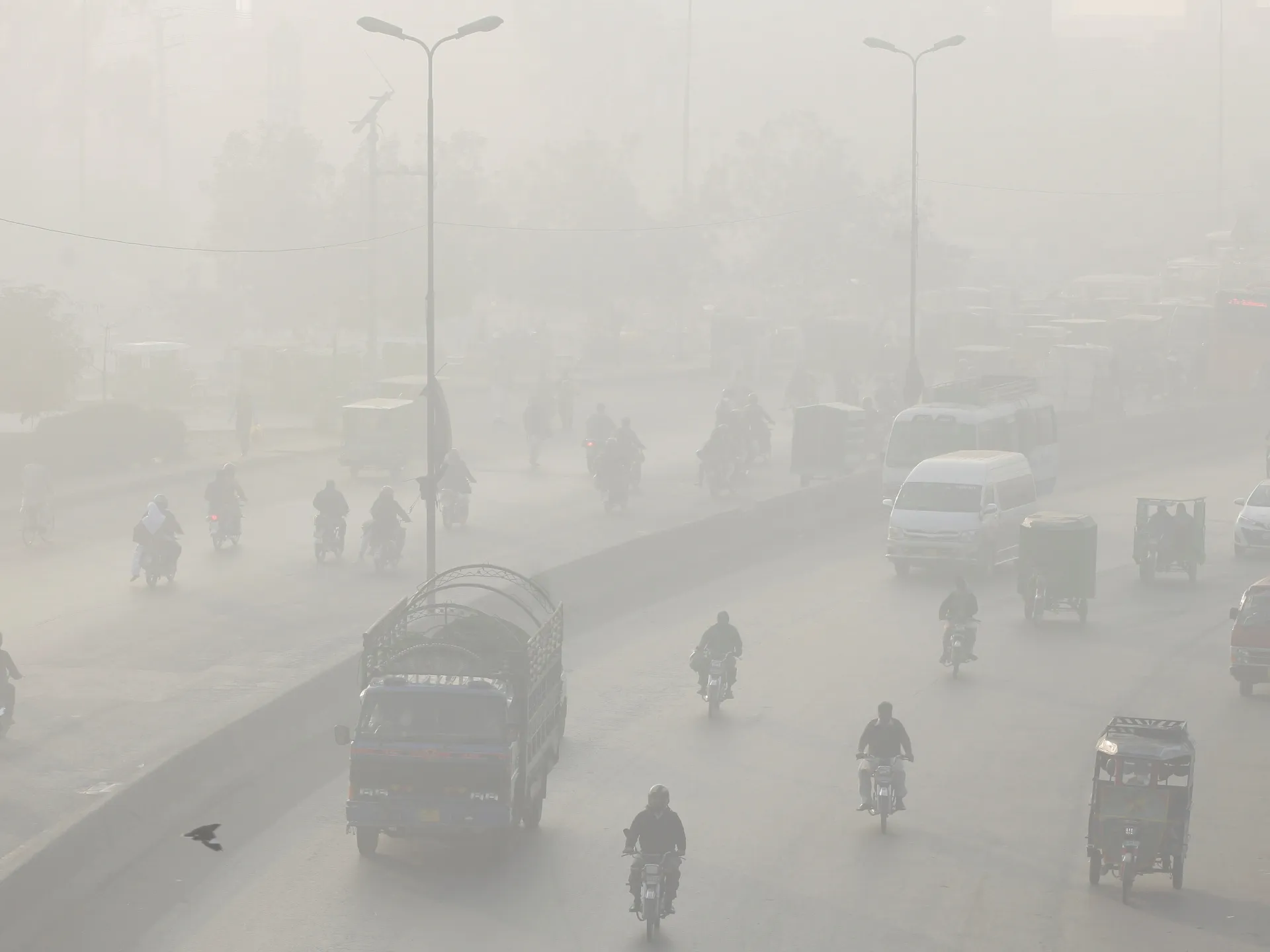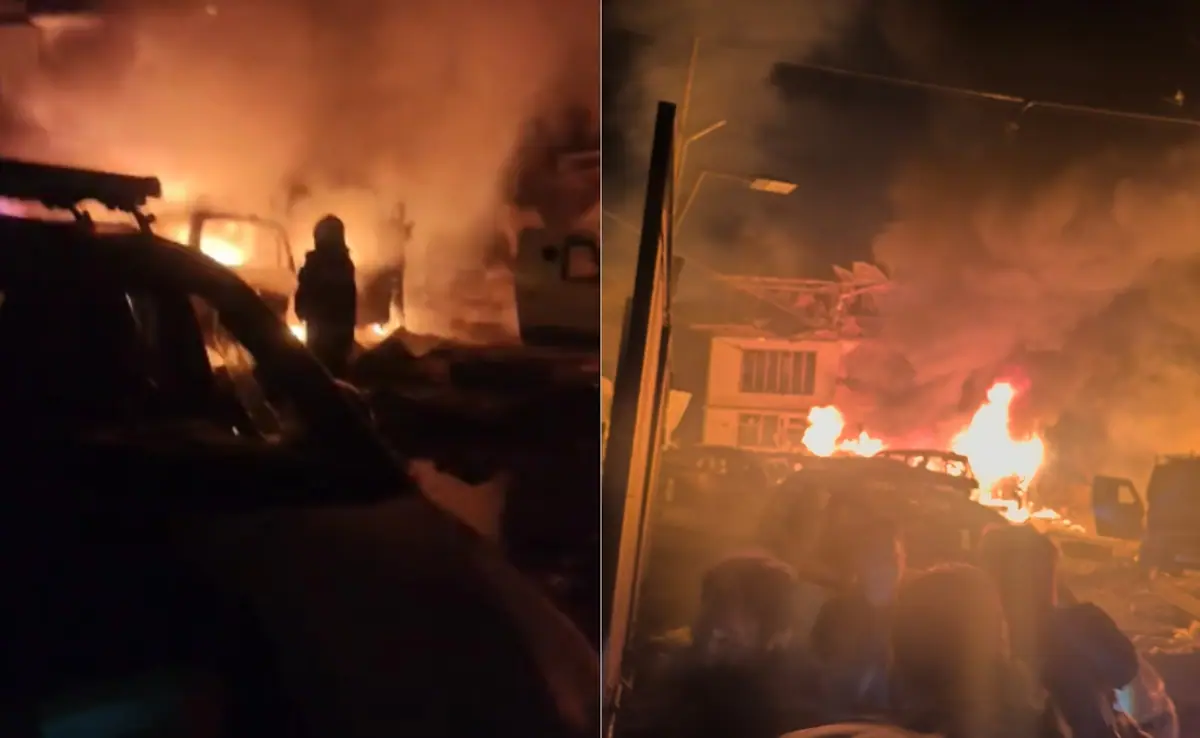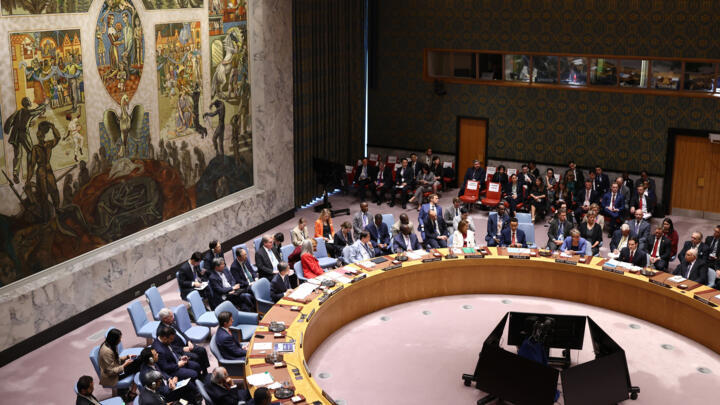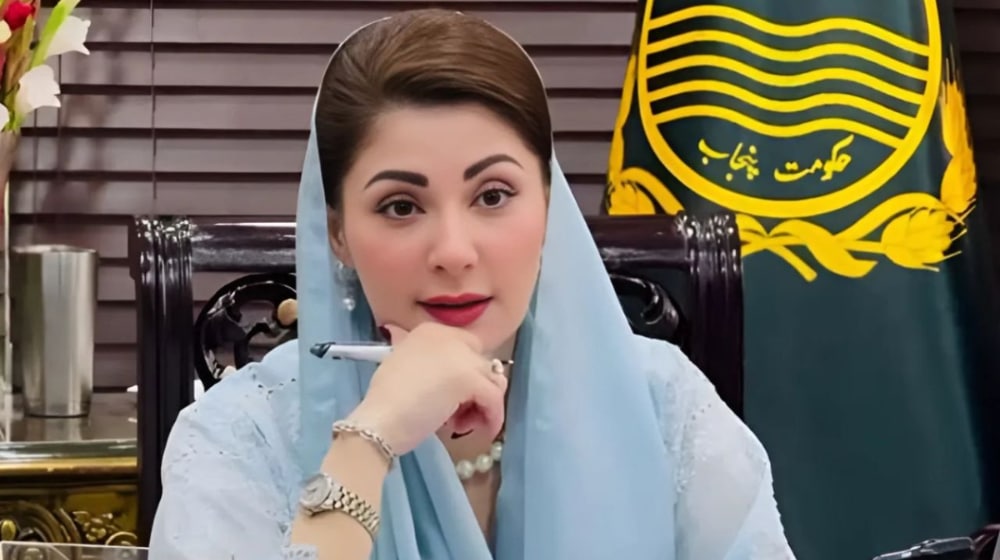Lahore, once a city blessed with abundant water, is now grappling with a severe water crisis that is affecting millions of residents. Due to inadequate water supply from the Water and Sanitation Agency (WASA), more and more people are turning to underground water sources, drilling boreholes to meet their daily needs. However, this solution is quickly becoming a double-edged sword.
Declining Water Levels Pose Growing Threat
The situation has worsened over the years. In 2018, the underground water level was recorded at 130 feet. As of now, it has plunged to a concerning 164 feet. According to experts, the water level continues to drop at an alarming rate of 2.61 feet annually. For many households, drilling boreholes has become a necessity, but the deeper they go, the more expensive and difficult it becomes to access clean water.
As water levels plummet, the situation is not only becoming more costly but also more hazardous. What was once a reliable source of water is now becoming increasingly toxic.
Toxic Water Endangers Public Health
The underground water of Lahore, once a lifeline for its citizens, has now turned into a health hazard. Medical experts warn that the deeper the water level falls, the higher the concentration of harmful substances in the water. This water has now fallen below the quality standards set by the World Health Organization (WHO) for protected underground sources.
Residents report that the borehole water has become unfit for consumption or cooking. Health professionals have raised concerns that regular use of this water could lead to serious health issues, including various types of cancers, skin diseases, and diabetes. While many residents continue to use this contaminated water for tasks such as bathing and washing clothes, they avoid using it for food and drinking.
Water Filtration Plants in a Bind
The rising contamination of underground water presents a serious dilemma for the city’s water filtration plants, which rely on borehole water for their filtration processes. If the underground water supplies continue to deteriorate, it raises a critical question: where will the filtration plants source their water from?
Currently, many residents turn to these filtration plants to buy treated drinking water. However, with the water quality of underground reserves deteriorating further, the filtration plants may soon face challenges in sourcing clean water to meet the growing demand.
Urbanization and Population Growth to Blame
Experts point to two key factors contributing to Lahore’s deepening water crisis: population growth and urbanization. The city’s rapidly expanding population, along with the increasing construction of buildings and infrastructure, has severely impacted the natural replenishment of underground water. Solid concrete surfaces prevent rainwater from seeping back into the ground, leading to a decrease in the natural water recharge process.
Additionally, the city’s location around the River Ravi, once a major water source, is no longer a sufficient backup due to the river’s own pollution and declining water levels.
A Thirsty Future
As the water crisis worsens, the residents of Lahore face an uncertain future. With no immediate solutions in sight, the city risks reaching a point where clean and safe water could become a rare commodity. Without urgent action to address the over-reliance on underground sources and improve the city’s water management systems, the people of Lahore may find themselves facing a crisis that could be even harder to resolve in the years to come.
It is clear that Lahore’s water future hangs in the balance, and urgent steps must be taken to protect this vital resource before it’s too late.


